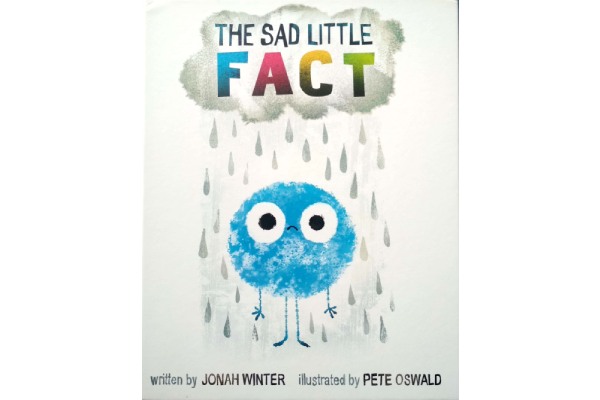
Loading...

Loading...
Book – Pyari Madam
Author– Rinchin
Illustrator– Shivatmika Lala
Publisher– Eklavya
Pyari Madam is the story of a young school girl who interacts with her teacher through her diary, where she opens her heart out. Perhaps she is 10 or 12. We don’t really know. What we know is that she is from a village and her parents are involved in a fight to save their farm land from being sold off to the ‘Company’.
The book opens with the girl explaining that she was unable to come to school that day because she slept in the wee hours of the morning. All night long she was watching dancers who had come to her village. She did a round of the school in the evening. By then it was closed! So she left a note addressed to “Pyari madam”, her class teacher perhaps.
The first letter sets the mood for the book. Each of the following letters is earnest, portraying the protagonists’ feelings – happiness, fear but most importantly confusion. Confusion at a world she does not comprehend. Caught between one half of villages wanting to save their land and another half wanting to sell it, the little girl has big questions about self-identity and what it means to be educated.
She sees her mother take up the fight and rally other women to join the protest against selling their land. She writes to her teacher about how her mother is always asking others to break the norm and make history.
“वह हमेशा ढांचा तोड़ो, ढांचा तोड़ो बोलती रहती है, पर मुझसे कुछ टूटता है तो मुझे बहुत डांटती है।”
The humour is subtle and comes more from the innocence of the protagonist. The letters reflect the challenges in her daily life and make us realise the multitude of experience children go through before entering the classroom each morning. And the many reasons they miss school.
She is also just another school girl at heart. When her teacher is ill and absent from school, she writes telling her to take care of herself and not to worry. That all children had fun during the free time because “Mayank Sir said he could not take care of two classes simultaneously”.
Slices of life are shared through her letters. One gives a glimpse of an adult literacy class that she attended and how happy the adults were after learning to write and express their thoughts. Her mother had written हम लड़ेंगे, she shared with ‘Pyari madam’. She is amused by her mother’s excitement but also acknowledges it and says mother is happy because she worked hard to learn to write. At moments like this I felt she was mature beyond her age. In other letters she questions the value of education and wonders why, as her father says, educated people were trying to take their land.
The protagonists character shines through in her sharing. She cares deeply for her mother, cooks and cleans at home when her mother is away attending rallies. She saves money to buy her mother a new pair of ‘payal’, because she lost one while attending a rally.
On August 15 the ‘company people’ had distributed laddoos. But seeing her father upset at the panchayat for accepting the laddoos she throws them out and asks ‘Pyari Madam’,
लाडू तो अच्छे लग रहे थे, पर मैंने फ़ेंक दिए। ठीक किया?
Towards the end, when they lose their case, the protagonist writes that she would not be coming to school today. She wants to say home and in the fields that day. The next day she cannot come to school because her mother has been arrested and she has to accompany her father to get her released. One day she stops coming to school.
Pyari Madam is rich with possibilities. Each letter opens up discussion topics not only for children, but for adults. Through effortless writing Rinchin has weaved in debates around the value of education, superstition, God, environment degradation, exploitation, land loss and the struggle of common people to a decent life. These issue are not there because the author wants to talk about them. But because they are part of the protagonist’s life. These are also issues that teacher educators must grapple with, discuss, debate and acknowledge before they are able to open them up with children. The book makes us uncomfortable, questions stereotypes and urges us to look at important topics with the multiple perspective of people most affected by them.
The illustrations are a combination of photos and water colour. There is just enough on the pages to provide relief from the text that is also rich in subtext. They aptly provide glimpses of village life and leave space for imagination and reflection. ‘Pyari Madam’ is a book that can be read over and over. It raises many questions for which we may need to read more, engage deeply. There are many stories amid the large story, and each deserves a mind space of its own.

What We Can Unfold with The Sad Little Fact
‘It was sad. It was little. It was a fact. Nobody believed it. People accused it of being fake. They tried to bury it. They tried to destroy its spirit…

कविता में राजा रानी आएं कि न आएं
आठ पंक्तियों की इस छोटी सी कविता है खूबी है कि आसानी से जबान पर चढ़ जाती है।…